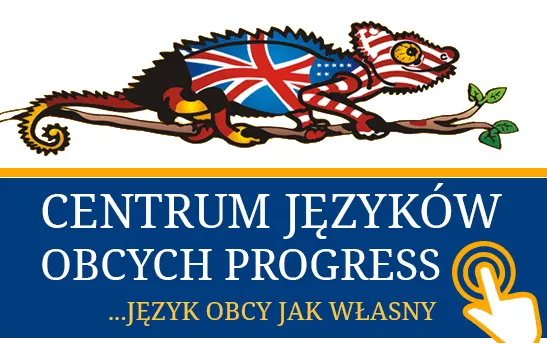- North America (103)
- The United States (87)
- Canada (16)
- Central America (48)
- Mexico (48)
- South America (11)
- Brasil (11)
- Australia and Oceania (20)
- Asia (472)
- Thailand (76)
- Malaysia (3)
- Burma (Myanmar) (52)
- Cambodia (258)
- Indonesia (11)
- Singapore (6)
- Israel (8)
- United Arab Emirates (3)
- Oman (26)
- Sri Lanka (24)
- Turkey (11)
- Africa (19)
- Europe (479)
- Spain (Catalonia) (7)
- Spain (27)
- Italy (29)
- Great Britain (4)
- France (25)
- Poland (303)
- Germany (12)
- Czech (11)
- Greece (46)
- Cyprus (16)
- Off-topic
- All
On the Wisła Spit
The beautiful weather on Sunday afternoon drove us to the beach.
Kajetan comes from Jantar.
Who knows where it is?
First of all: on the Vistula Spit (sandbar):

"The Vistula Spit - a sandy embankment on the south-eastern shore of the Gulf of Gdansk, stretching from Gdańsk in the west to Lochstedt after Piława in the Russian Federation in the north-east. It separates the Vistula Lagoon and Żuławy Wiślane from the open waters of the Bay. The spit is divided between the territory of Poland and the Russian Federation (eastern part).
The spit (except for the small western part) is poorly urbanized and practically unindustrialized. All the towns located in its Polish part (apart from Gdańsk) were once fishermen's villages, and now they are holiday resorts.
The name "Vistula Spit" was officially introduced in 1950, replacing the previous German name of the spit - Frische Nehrung. Earlier, the Polish name was Mierzeja Świeża. The name Mierzeja Fryska (analogous to the names Zatoka Świeża and Zatoka Fryska) applied to the Vistula Lagoon was also used.
The Vistula Spit is about 96 km long and 1-2 km wide. "
Secondly, after the Wisła Crosscut:
"The Wisła Crosscut (German: Weichseldurchstich) - an artificial estuary of the Vistula between Świbno and Mikoszew, created in the years 1891-1895 by digging a new riverbed on the section from Przegalina to the Gulf of Gdansk. The existing mouth of Leniwka from the cross-cut to the estuary in Gdańsk was called Dead Vistula. In the tourist season, the ferry crossing operates on the pier. "
"Jantar is a fishing village known since the 13th century. The name derives from the Lithuanian language, in which amber was called amber. It indicates that Jantar was lying on the famous Amber Route known already in the times of the Roman Empire. Medieval Jantar was famous for its wonderful taverns and the richness of amber from sea fishing and collected on the beaches. To this day, amber harvests last for half a year from November to April."























